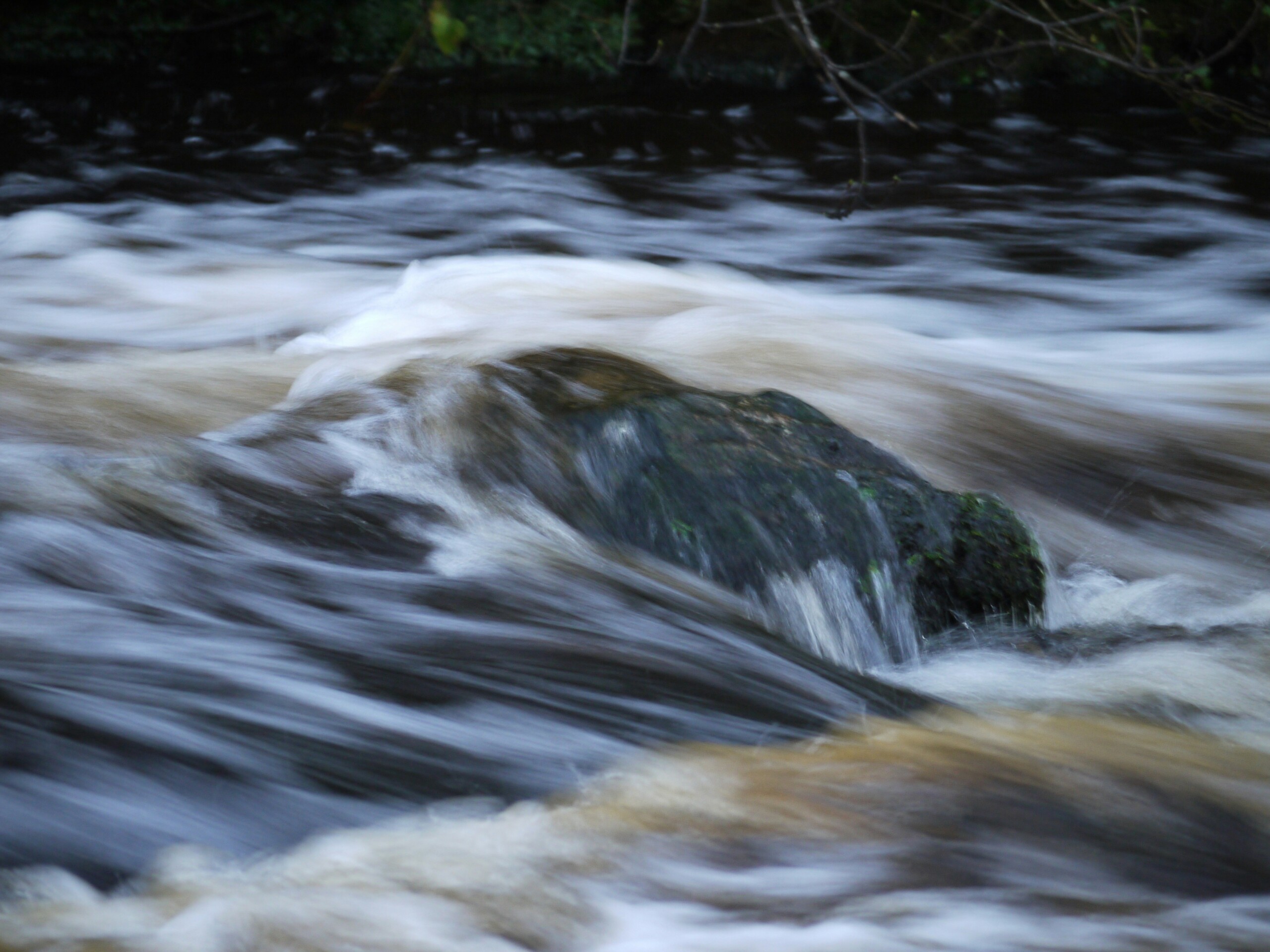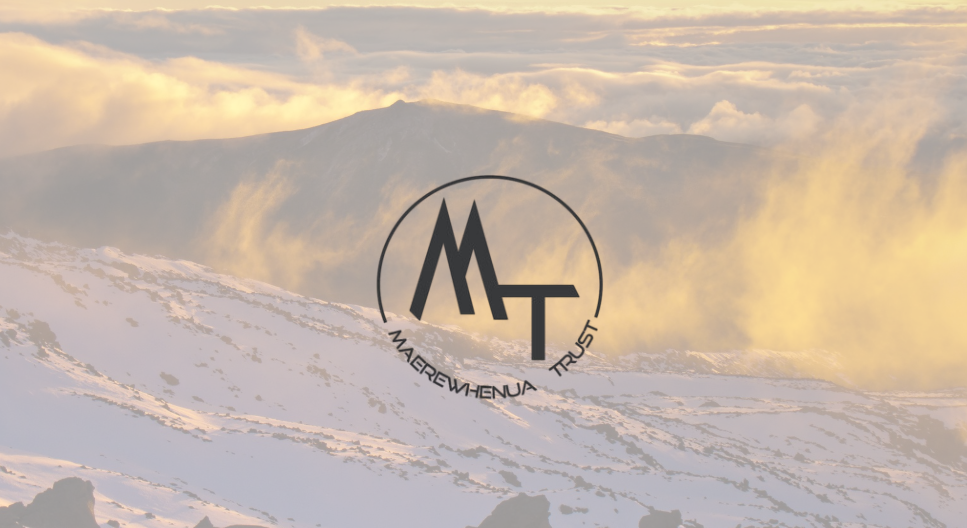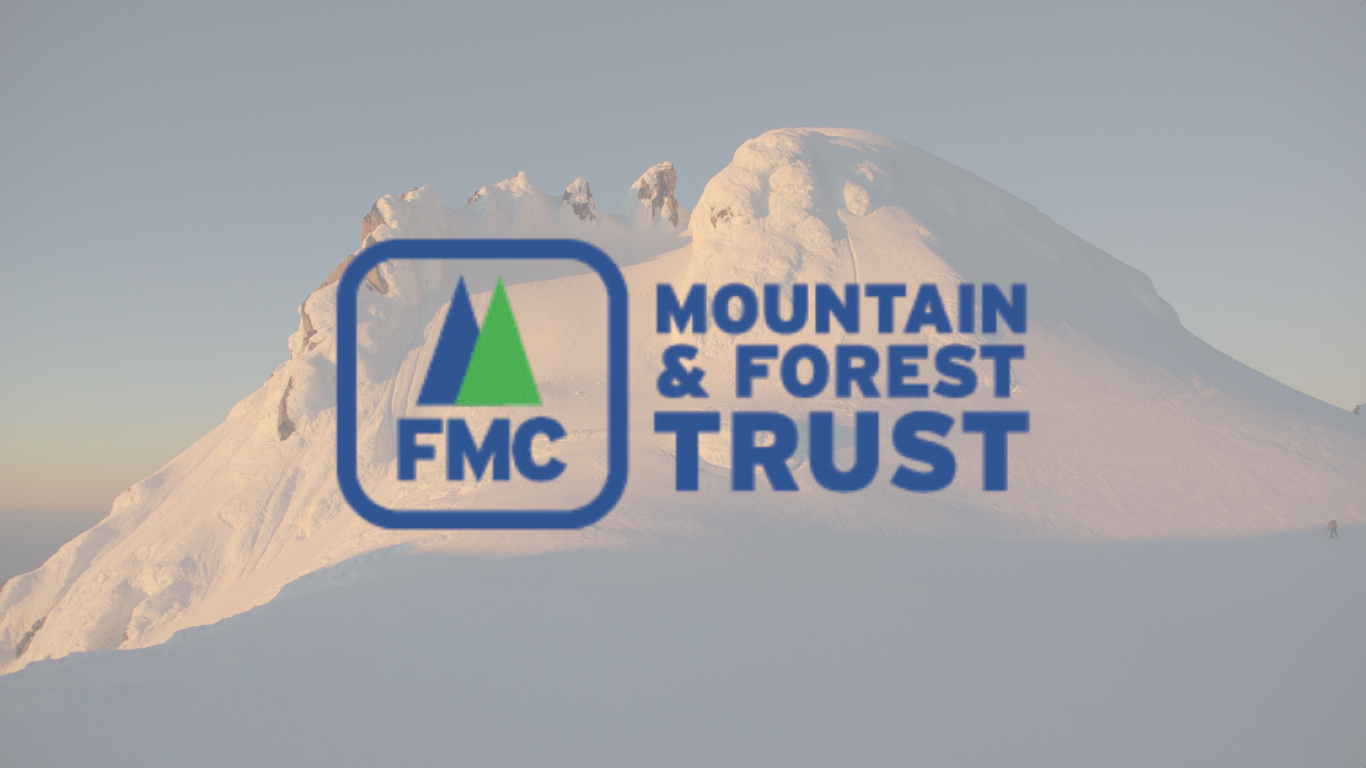Trampers We are Alive

Outdoor Recreation is the big mover in this year’s Active New Zealand survey, writes Peter Wilson
The recent Active New Zealand survey commissioned by Sport New Zealand supports FMC’s long-held thesis that tramping is in good shape. The sport remains in the top 10 pastimes for both women and men and has an increased participation rate since the last survey in 2009. No fewer than 320,000 New Zealanders have described themselves as having tramped in the last year. One way to put that number in perspective: it works out at around 3200 people per hut, which is a cosy number.
One snippet in particular from the report, caught my eye: ‘Sports/activities with increases in participation were cycling, jogging/running, fishing, pilates/yoga, tramping, aerobics, canoeing/kayaking and hunting’. Not only is tramping thriving but our ‘armed tramper’ friends aren’t doing too badly either. Anyone who has appreciated the generosity of a fisherman or hunter at a backcountry hut will be pleased by this news.
Regrettably, the survey did not receive much media coverage, released as it was during the height of the Cricket World Cup. Unsurprisingly, there has been no mention that those sports relentlessly covered by the mainstream media are those where participation is declining the most.
Tramping has for many years been the unwitting target of researchers predicting its demise. We all know the hypothesis: ‘tramping, particularly in the backcountry, is in decline as tramping clubs struggle to attract younger members and other opportunities to enjoy the outdoors multiply’. These studies have without exception lacked rigour and hard data to justify them. Studies such as the 2009 Mountain Safety Council commissioned ‘Outdoor Recreation Participation and Incidents in New Zealand’, typically begin by admitting they really have no idea or data and then proceed to pull figures out of a hat.
Big Jim apparently isn’t seeing as many people in the hills as he used to. But hey, Big Jim when were you last in the hills?
Perhaps an alternate hypothesis is worth investigating: ‘A continued increase in the variety and participation of all forms of outdoor recreation in New Zealand is creating a diverse, multi-skilled and connected outdoors community that brings strength to all of its parts’. In other words, are you a tramper visiting Otaki Forks, or are you a tramper-kayaker-rogainer watching your young kids play in a river while you wait for your wife to run the Southern Crossing?
As to whether backcountry tramping is in decline, it seems like plenty of people are heading into the ‘Gardens’ and the Olivine Ice Plateau. Fiordland trans-alpine trips are visiting and going beyond country last explored in the 1970’s and the Te Araroa Trail has led to an increase in people heading through places like the Red Hills of Nelson, Harper Pass and the Two Thumb Range.
Trips like these are by their nature difficult to record and find statistics for. People get into the hills to get away from measurement, to not just be a line in a budget, to be a citizen rather than a subject. That said, if someone was interested they could always ask! A chat, however unfashionable that might be, with perhaps 50 key individuals across New Zealand’s tramping community would get a good indication of the backcountry trips that have taken place in recent years, and provide a benchmark for future analysis.
For most of us though, it will be enough to know that right now the sneeze of life is upon us, and never more so than when we leave the car at a road end in the dark hours of dawn, swing a pack on our shoulders and set off into the hills, embarking on a passion we actively share with 320,000 other New Zealanders.
– Peter Wilson is a life member of the Otago University Tramping Club, an active transalpine tramper and the Vice President of FMC. This article first appeared in the June 2015 edition of Wilderness Magazine.
Share This Story, Choose Your Platform!

Latest News
FMC opposes the Winstone Pulp International Limited resource consent application to enable the discharge of treated pulp mill wastewater, stormwater and a foam inhibitor to the Whangaehu River.
FMC is looking for the right candidate to appoint to the Maerewhenua Trust Board.
FMC is looking for the right candidate to appoint to the Federated Mountain Clubs Mountain & Forest Trust Board of Trustees.






